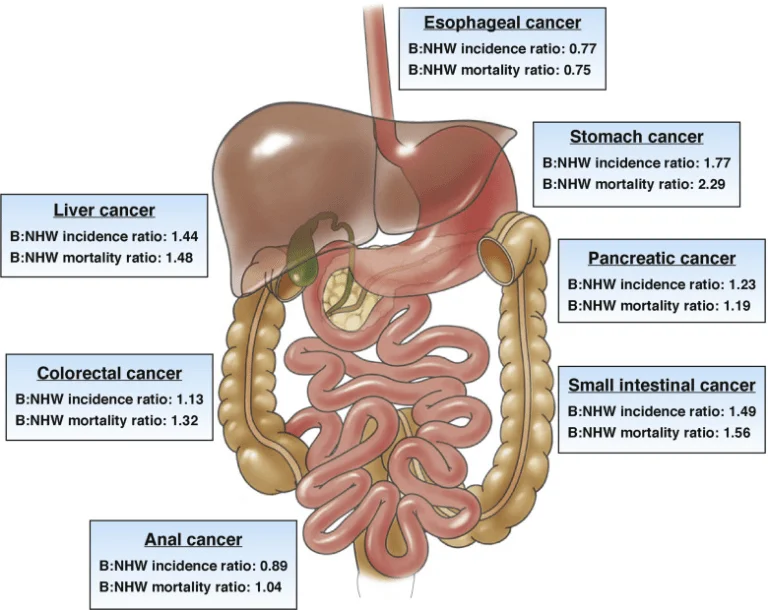Diseases And Treatments
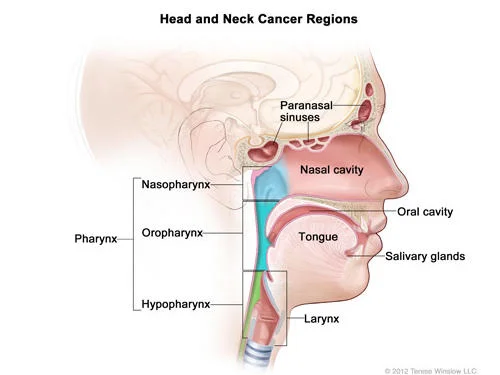
Head & Neck Cancer
Head and neck cancer is a terminology used to describe cancer that develops in the mouth, salivary glands, nose, throat, oral cancers, or any other areas of the head and neck. The majority of these cancers are squamous cell carcinomas or cancers that initiate in the lining of the nose, mouth, and throat. The major cause being the consumption of tobacco along with a combination of tobacco and alcohol.
Thoracic Cancer?
Thoracic cancer symptoms vary based on the particular cancer type and the tissue it affects. In the initial stages, there are often no signs, and as a result, thoracic cancer is more difficult to diagnose until it is at an advanced stage.
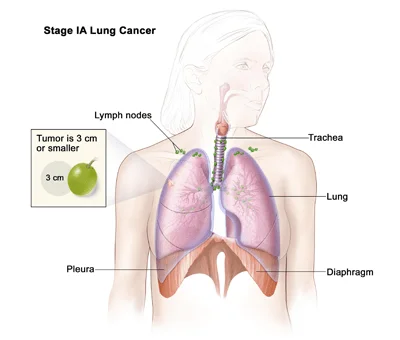
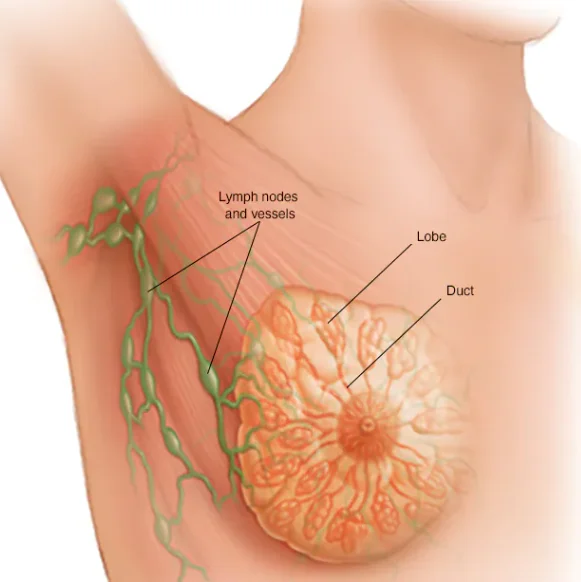
Breast Cancer
Breast cancer is cancer that extends in the cells of the breasts. Breast cancer is a popular cancer diagnosis in women in India. Breast cancer appears in women ages 35 and 55 years.
Breast cancer survival rates have increased, and the figure of deaths related to this disease is constantly decreasing, largely due to factors such as earlier detection, a unique personalized approach to treatment, and a more satisfying understanding of the disease.
Bone And Soft Tissue Cancer
Bone tumors are one of the well-known tumors seen in children and mostly teenagers. It presents as pain or swelling, and When neglected in the earlier stages, and presents with a fracture. The initial evaluation normally consists of X-Rays, MRI, CT scan of the chest, and biopsy. These investigations help us to identify the type and stage of the tumor.
The most familiar symptom of bone cancer is pain. The pain may initially be occasional and then become more frequent. Other symptoms of bone cancer.

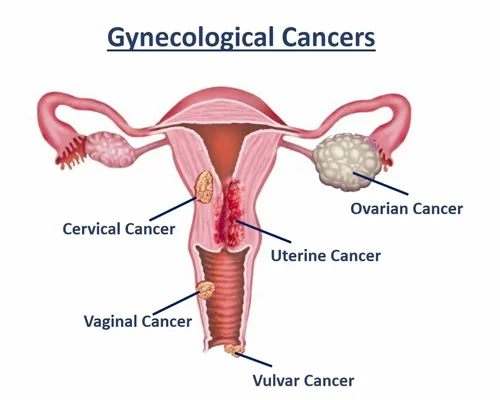
Gynecologic Cancer
Lifestyle changes made in diet and exercise can have a significant role in the prevention of cancer.
Hepato-Pancreato-Biliary (HPB) cancer
The Hepato-Pancreato-Biliary (HPB) cancer category incorporates a wide range of gastrointestinal malignancies including pancreatic, liver, biliary, gallbladder cancers. Normally, they are primary malignancies except in the liver which can have metastasis from several other malignancies.
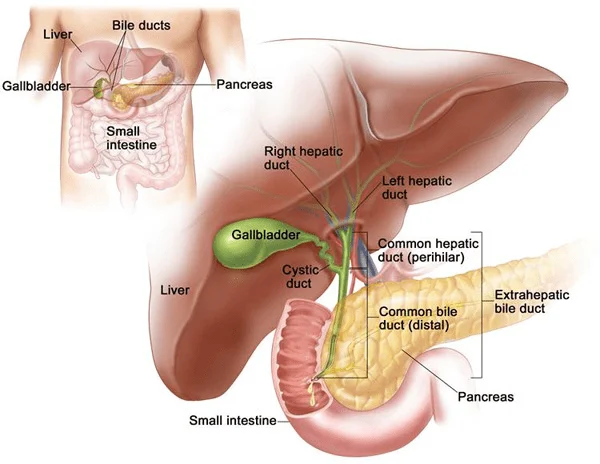
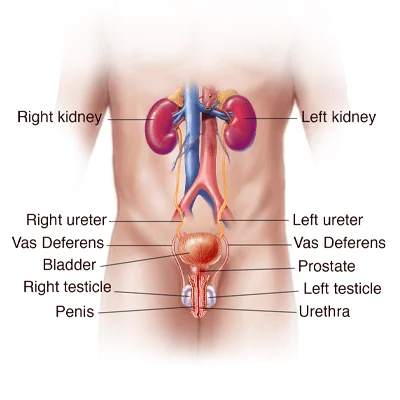
Urology Cancer
Urological cancer affects the kidney, bladder, prostate, testicles or penis. Types of urological cancer
- Bladder Cancer
- Prostate Cancer
- Penile Cancer
- Testicular Cancer
- Kidney Cancer
Gastrointestinal cancer
These tumors often develop into the hollow spaces inside the gastrointestinal (GI) tract, so they might not show symptoms right away unless they are in a certain location or reach a certain size.
